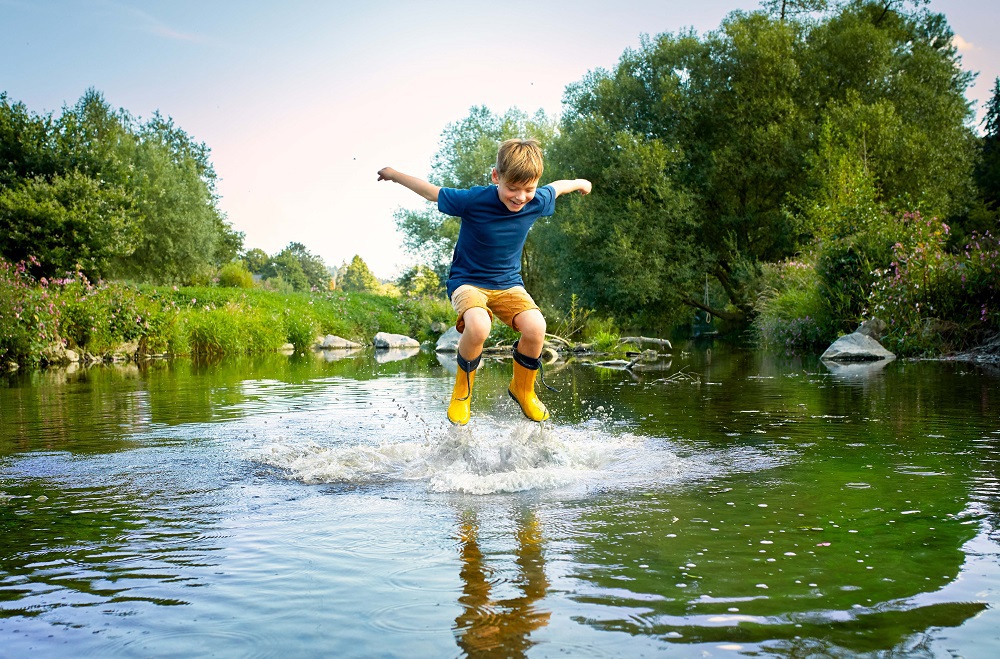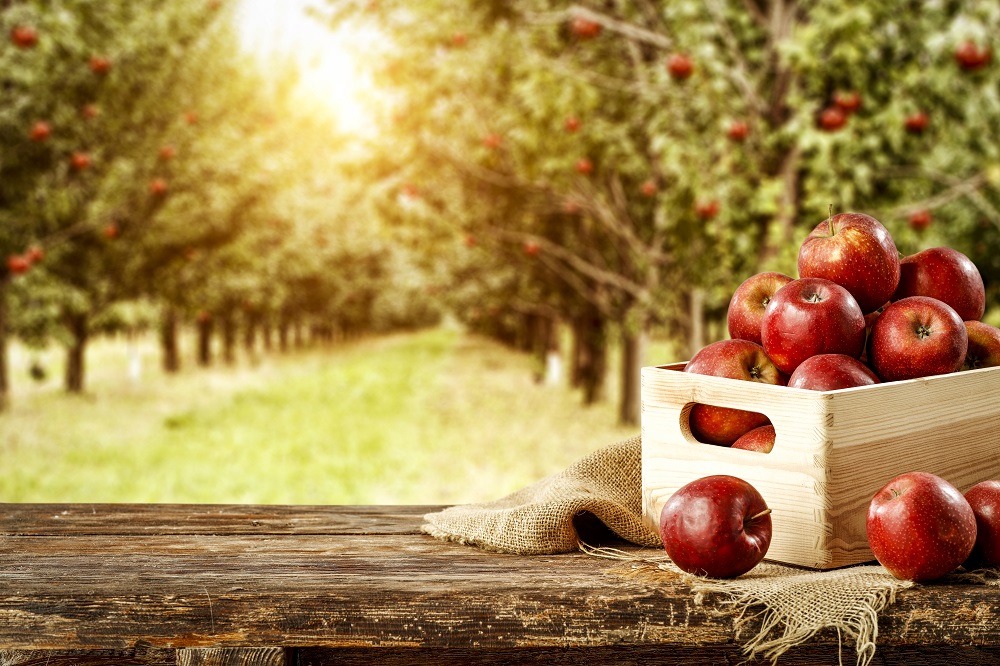10.05.2021 - Sustainability
Tips for sustainability in everyday life - waste separation
Learn to separate
It may seem annoying, but waste separation makes sense. It makes an important contribution to environmental protection, at home and in our company
Everything used to be simpler. For example, disposing of your own waste: open the bin, put the rubbish in. But hardly anyone had the steadily growing mountains of waste and incineration plants in mind.
Fortunately, our environmental awareness has changed a lot: not everything that is disposed of is really waste. Parts are made up of materials that can be meaningfully reused, namely through recycling. This has advantages: it conserves natural resources and at the same time provides new “secondary” raw materials – thus reducing CO2 emissions. It also reduces the amount of residual waste that has to be incinerated. However, it is only by consistently separating waste that recycling becomes possible at all.
Recycling is also a central concern for us: with our “reduce – reuse – recycle” strategy, we focus on the sustainable use of recyclable materials. This would be unthinkable without a sensible separation of waste.
For WEPA, recycled paper is an irreplaceable raw material from which we produce our hygiene paper. Find out more on our blog soon.
In fact, everyone can contribute to recycling and to protecting the environment.
Why waste separation is worth it
- Plastic packaging belongs in the plastic bag/bin: every tonne of recycled plastic saves one tonne of CO2 compared to plastic made from crude oil. However, separating in this case also means separating on a small scale, i.e. the yoghurt pot from the lid.: This is because the different materials can only be recycled individually. Since many packages are made of different materials, it makes sense to separate the different components if possible.
- If used glass is added to the glass production process, energy requirements and CO2 emissions are reduced. Glass should be disposed of separately by colour in containers. Blue glass can go with green, lids or caps can stay on. Window glass, saucepan lids, mirrors or light bulbs, however, belong in the residual waste: they are composed differently and make the recycling of “packaging glass” impossible.
- Collecting waste paper – i.e. newspapers, cardboard boxes, office paper – means giving fibre a second life as a recycled product. Roughly three quarters of all paper products in Germany are already produced from recycled paper. Waste paper is a valuable raw material and belongs in the dedicated paper bin or container.
- Organic waste, i.e. kitchen or garden waste, is turned into compost for plants or goes to a biogas plant: they produce biogas, which is fed into the natural gas grid or used in combined heat and power plants to generate energy. Fermented organic waste is used as fertiliser in agriculture or as compost.
- Separating waste costs nothing except a little time. Therefore, use the services offered by the municipalities your local council: the plastic bag/bin, the paper bin or container, the glass container and the organic waste bin. Future generations will thank you!

